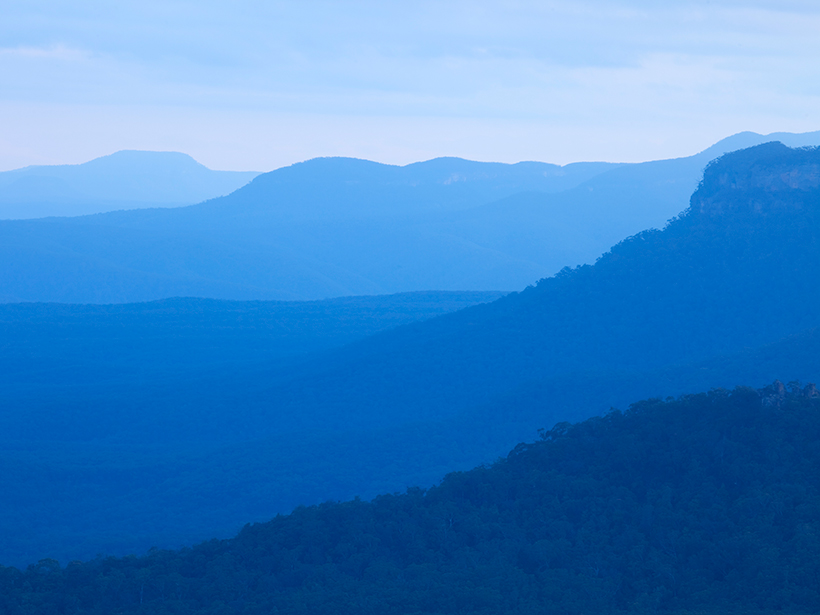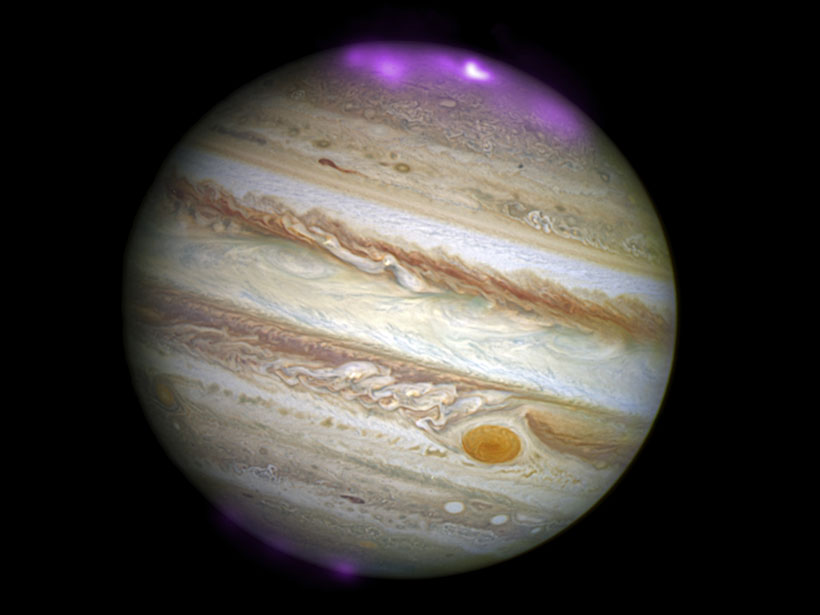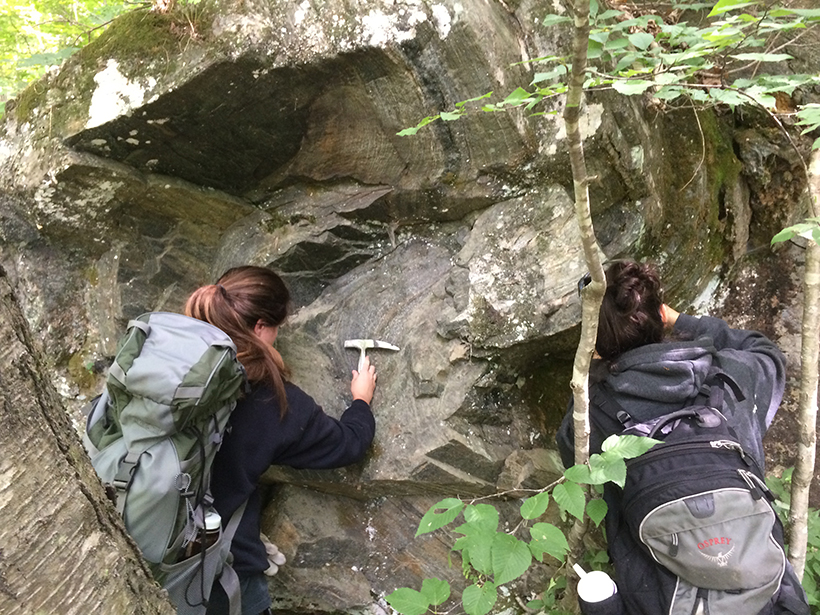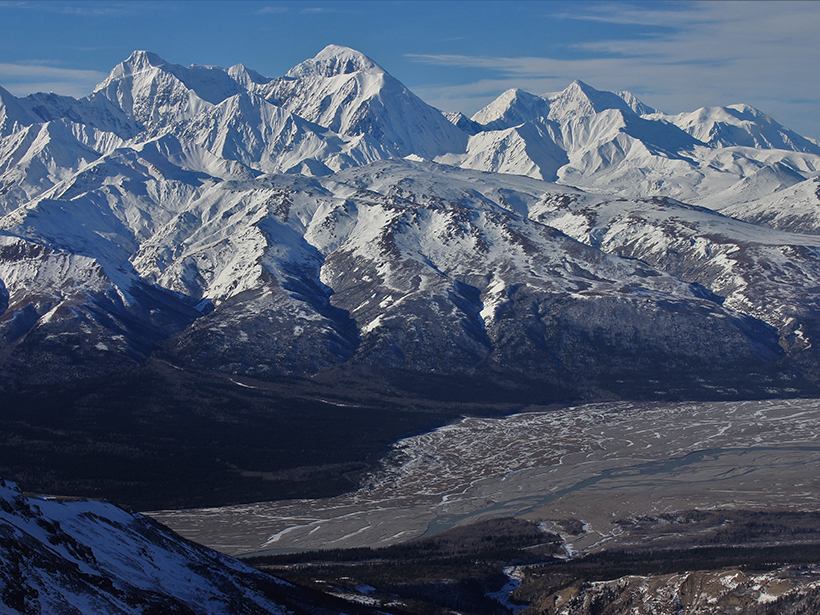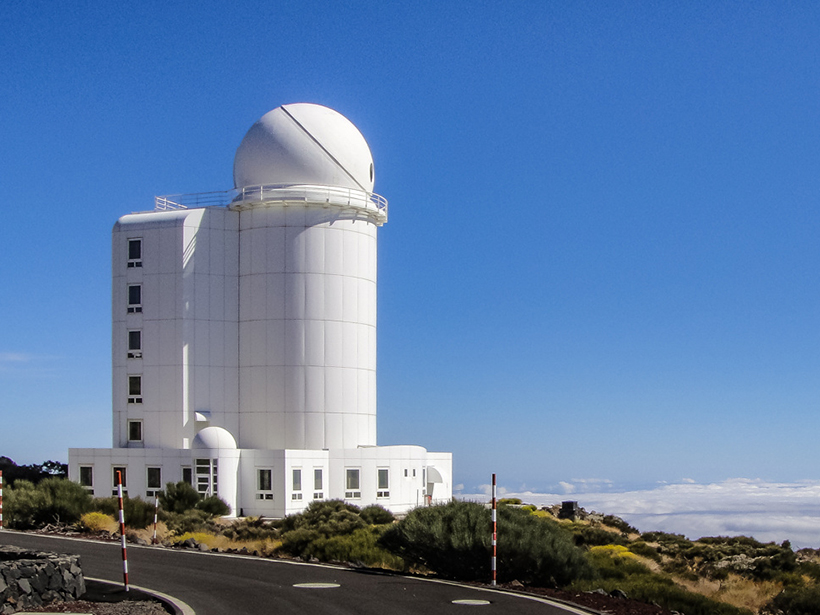Still, more than half of the seeds required for cloud droplets to form in both the present-day and preindustrial atmospheres are made by trace gases that condense to form minute aerosol particles.
E. Underwood
What Precursors Foretold Greenland’s Recent 100-Meter Tsunami?
Slippage began hours before a landslide-driven tsunami destroyed a village in northwestern Greenland.
Ocean Showers Power the Global Electric Circuit
Satellite measurements confirm hundred-year-old observations collected by boat.
Can Large Electric Fields Power Jupiter’s X-ray Auroras?
Electric fields with megavolt potentials in Jupiter’s polar region accelerate particles to 100 times more energy than Earth’s typical auroral particles, a new study finds.
How Earth’s Outer Radiation Belts Lose Their Electrons
A new analysis of three space storms reveals the mechanisms of particle loss from the Van Allen belts.
Measuring Earth’s Elasticity
A new study illuminates how crustal rocks break and stretch.
Methane Leaks May Make Natural Gas Worse Than Coal for Climate
The article about which this Research Spotlight was written has been retracted by the authors.
Why Are Arctic Rivers Rising in Winter?
Increased glacial melt is boosting winter streamflows by filling aquifers, a new study on an Alaskan river suggests.
When Ice and Lightning Align
A new technique can remotely sense strong electrical fields within storm clouds.
Observing Mercury’s Brilliant Flares from Earth
Researchers make the first short-term observation of sodium flares in Mercury’s exosphere.

